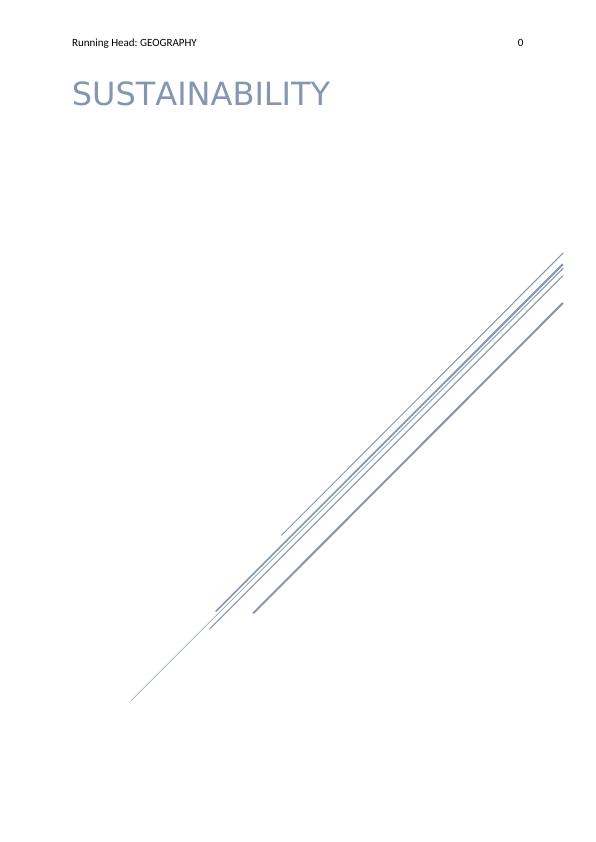Geography: Understanding Sustainability, Global Warming, Climate Change, Pollution, and Environmental Agreements
5 Pages1502 Words353 Views
Added on 2023-04-23
About This Document
This document provides an overview of sustainability, global warming, climate change, pollution, and environmental agreements. It covers topics such as greenhouse gases, carbon footprints, renewable energy sources, deforestation, and more. It also includes references for further reading.
Geography: Understanding Sustainability, Global Warming, Climate Change, Pollution, and Environmental Agreements
Added on 2023-04-23
ShareRelated Documents
End of preview
Want to access all the pages? Upload your documents or become a member.
Study On Water Scarcity & Large Power-cut Issue In UK
|9
|2354
|70
Is Climate Change a Result of Human Activities?
|7
|1635
|166
Causes and Effects of Global Warming
|5
|1650
|53
Climate Change
|6
|1496
|365
Assignment on Climate Change PDF
|6
|1533
|339
Role of Antarctic Surface Height
|9
|1592
|16


